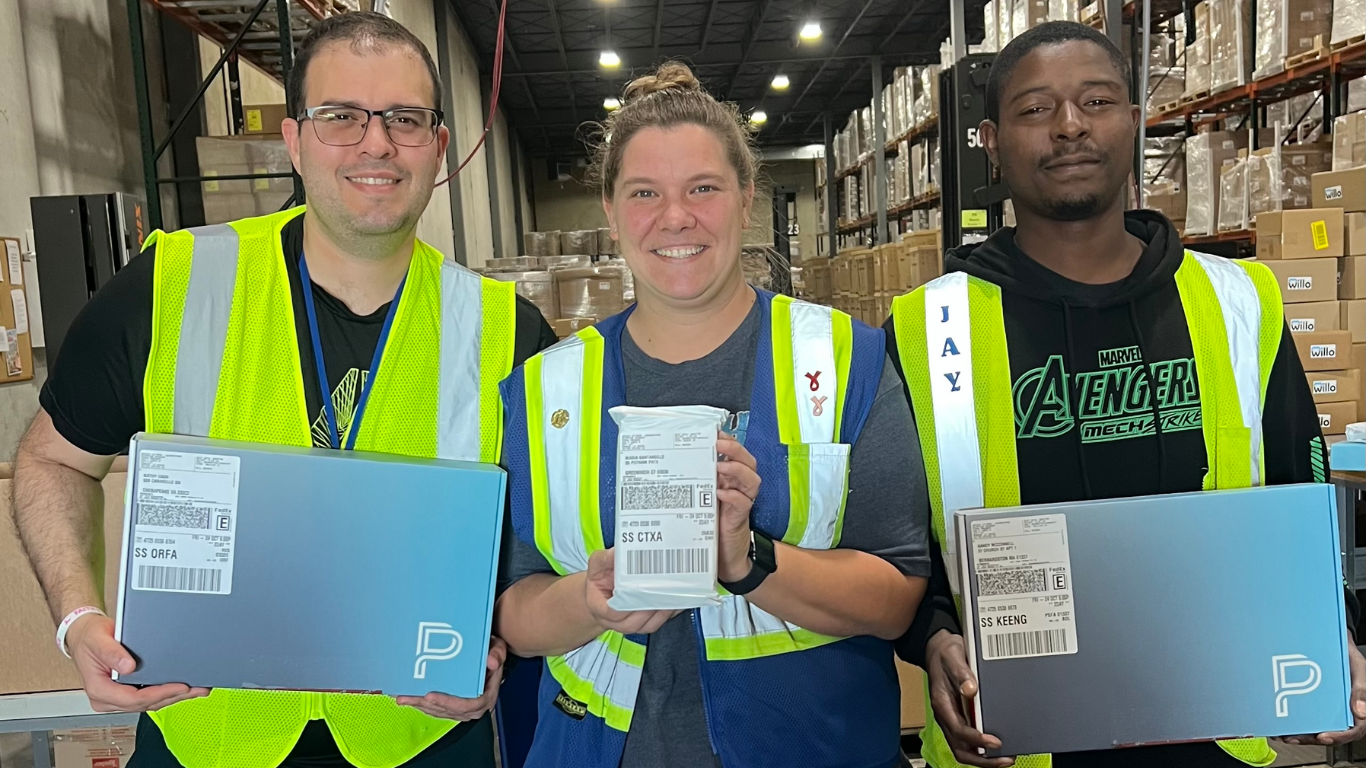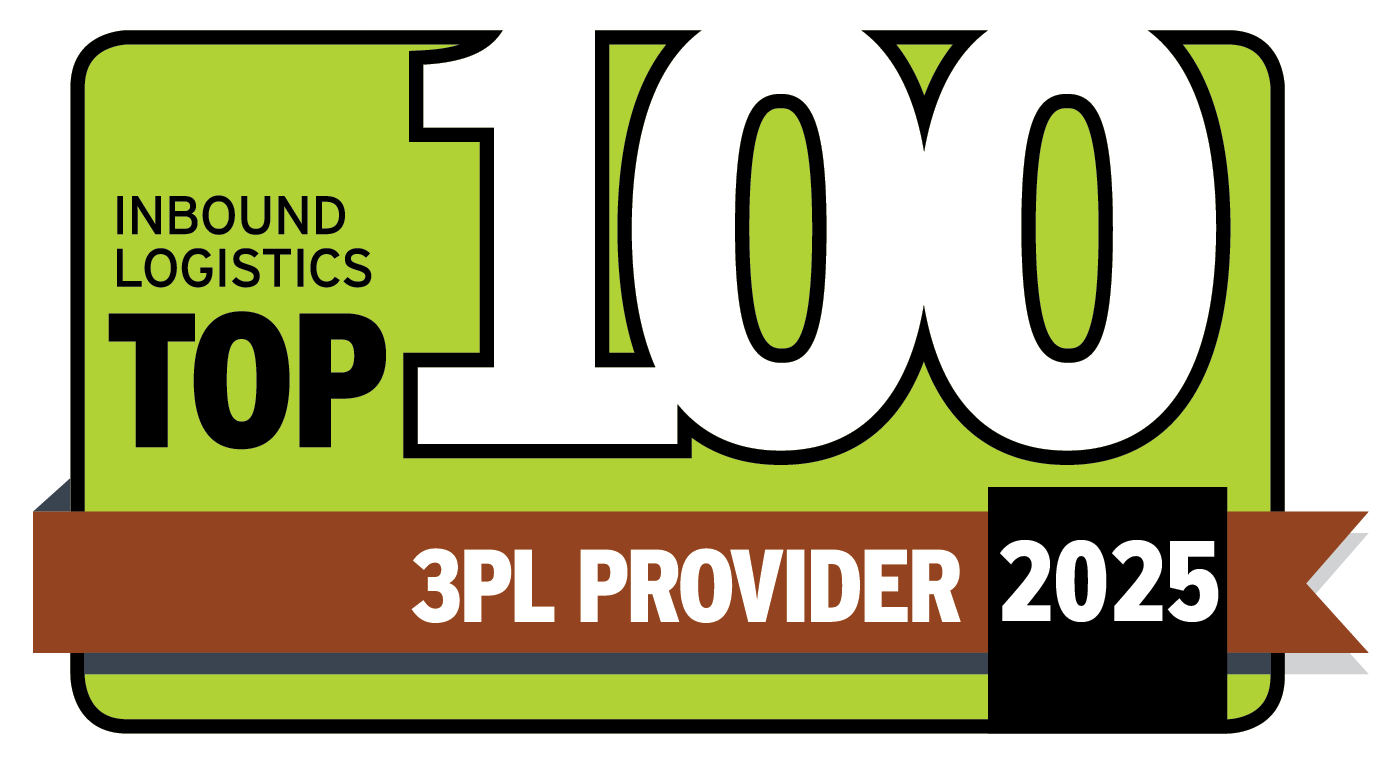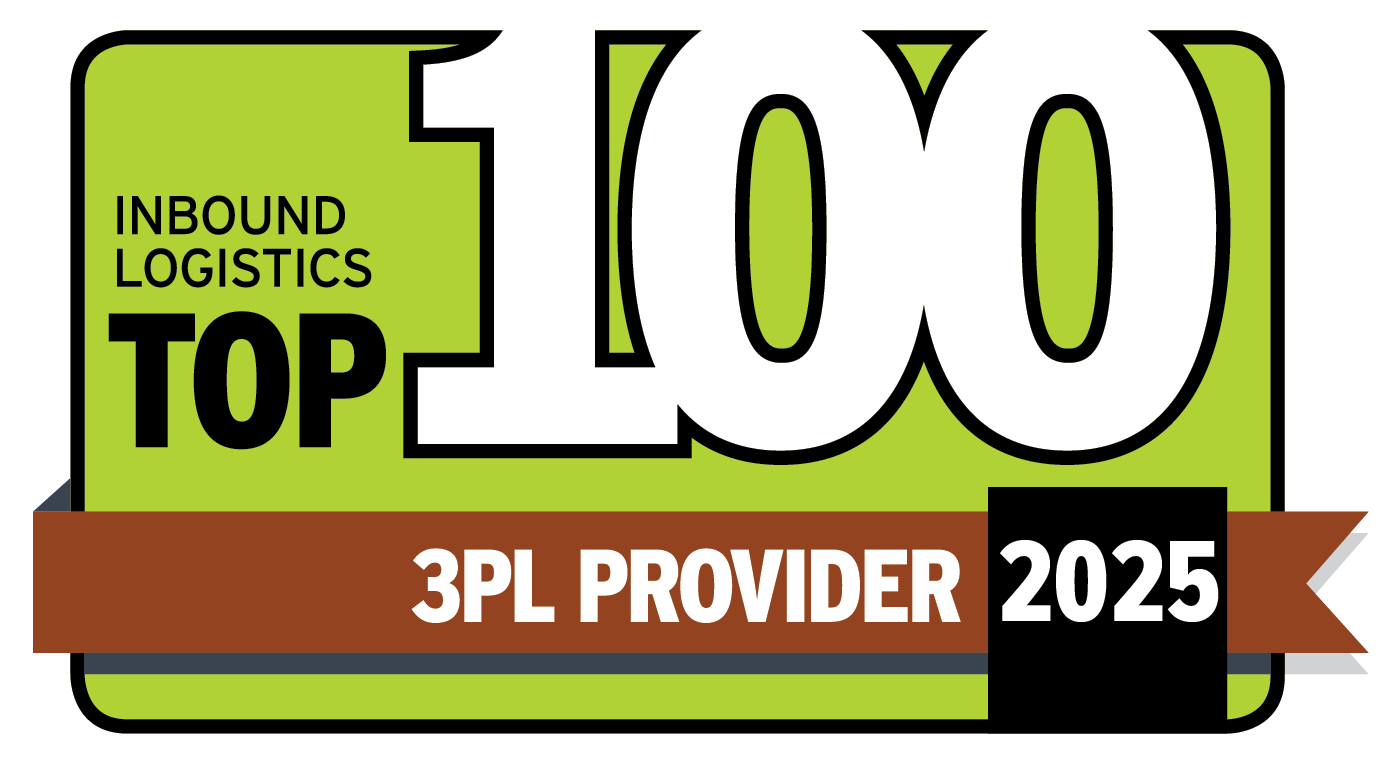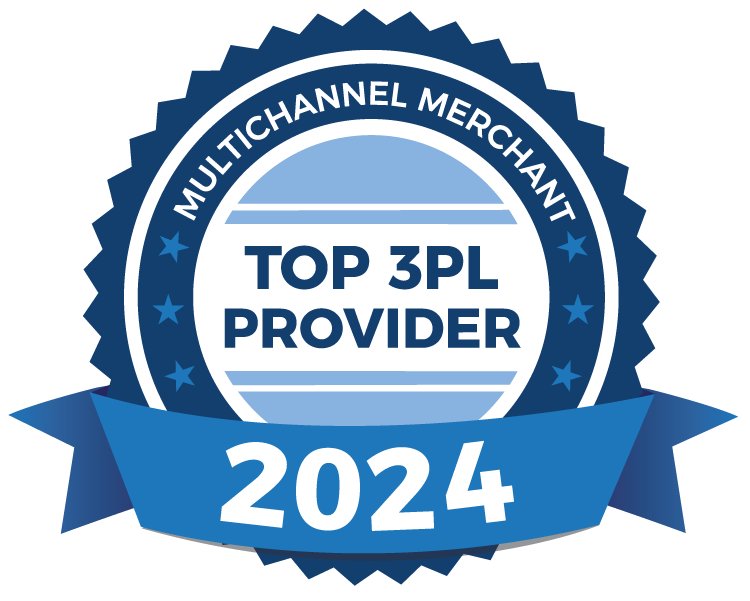Improving Furniture Logistics: Where to Start?
Congratulations! You have just been hired as the Senior Vice President of a major furniture manufacturer. The first task at hand is to tighten all logistics operations. A report on your desk lists the three initiatives as: reduce costs, decrease damaged products, and increase customer satisfaction. Essentially, you need to overhaul the entire logistics function of this furniture manufacturer. Distribution and transportation has never been your specialty, so where do you begin?
Managing the complexity of furniture distribution can be overwhelming. In an effort to keep your sanity, you take a step back and review the basics of furniture logistics:
- Furniture should not be treated or packaged like other goods. Other products tend to damage it, so it should be shipped with other furniture
- Furniture requires specialized, manual handling as mechanical equipment is more likely to damage it.
- Container loading strategies create interlocking sections to enable stability and accommodate multiple stops. (In the logistics industry, this is called “filling the cube”.)
- Furniture has inherent flaws. As the “touches” increase, so does the damage.
The basics of furniture logistics have not changed, but consumer demand and expectation has shifted over time. The days of investing in a piece of furniture that will be passed down for generations are vanishing. Most shoppers are buying only one piece at a time, as opposed to buying an entire room. As a result, online purchases have increased dramatically over the last several years. According to reports, 2013 online furniture sales revenue reached $9.0 billion, a growth of 10.4% from the previous year. For the furniture industry, this is both a blessing and a curse, as e-commerce has trained consumers to expect fast delivery.
In order to satisfy the challenges of your new job and meet consumer demand, you must focus on a few key sectors.
- Collaborate With Partners – It’s critical that you take a look at the entire supply chain and evaluate everything. Identifying the collaborative partners who are interested in developing customized solutions for your company is a great start in helping you achieve your supply chain goals.
- Evaluate Sources of Damages – Damages are the number one headache in furniture distribution. One of the main causes of damaged furniture is poor packaging. Take a hard look at the current packaging system. One scratch on a delicate piece of furniture can create a negative ripple in both your supply chain and company image. Once furniture is damaged, it is costly to repair, and it cannot re-enter the new product stream. Furthermore, if not caught within the supply chain process, damaged products delivered to the customer will create adverse feelings towards your company. In an effort to minimize these situations, it is wise to invest more resources in a customized packaging solution. In the long run, you will save your company time and money.
- Current Distribution Strategy – The two main options for delivery are direct to store (Full Truck Load -TL) and consolidated delivery (Less Than Truck Load-LTL). The consolidated delivery option is a more expensive option, and it has a higher likelihood of delivering damaged furniture. However, in order to qualify for a direct to store option, you must have enough volume to merit the full shipment. Developing a strategy that balances cost, delivery time and minimizes damage can help increase efficiencies for your company.
- Visibility – This is a challenge for most furniture companies today. By investing in visibility technology, everyone involved in the supply chain, including the end-user, benefit greatly. For your company, information can be the difference between maintaining a relationship and losing the business. For the customer, these transparent tools provide real time information, so they are not left guessing about when their shipment will arrive. These same tools can also help furniture companies forecast and plan for future changes within the industry. By having the technology in place, you will provide your company with the flexibility needed to remain relevant in the industry.
Effectively managing the supply chain of a major furniture manufacturer is a challenge for even the most experienced executive. The key to initiating change is to have a basic understanding of the distinctive components of the furniture industry. By taking a closer look at the aforementioned four areas within your current supply chain, you will be one step closer to resolving the initiatives assigned to you.
Recent Blog Posts







